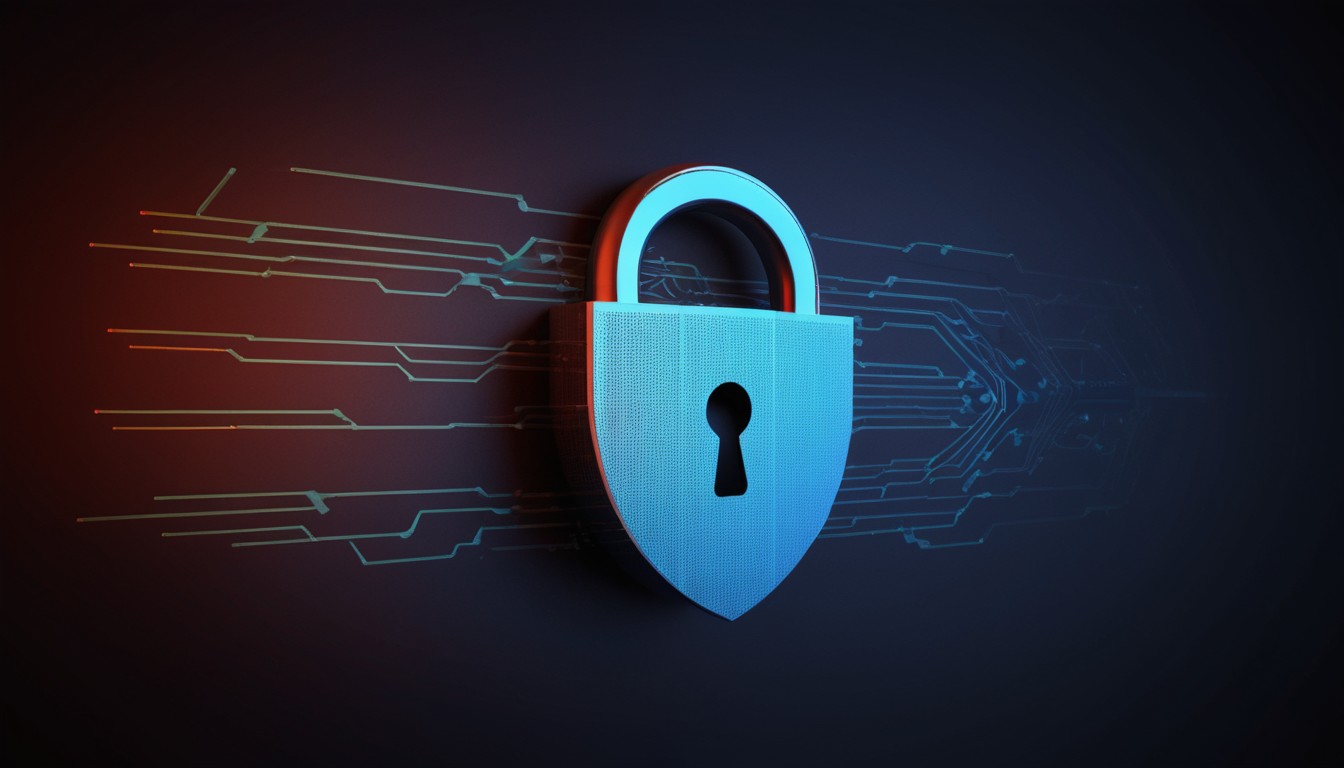As the gaming industry continues to thrive and evolve, so do the challenges it faces in the realm of cybersecurity. At SafeNet, we understand the unique vulnerabilities that gaming platforms encounter, and we are committed to fortifying these virtual landscapes against cyber threats. In this blog post, we’ll delve into the cybersecurity challenges prevalent in the gaming industry, highlighting real-world examples to underscore the importance of robust security measures.
1. Account Takeovers and Unauthorized Access:
Real-World Example:
In 2021, a prominent gaming company fell victim to a large-scale account takeover attack. Cybercriminals exploited weak passwords and credential stuffing techniques to gain unauthorized access to user accounts. This not only resulted in financial losses for affected players but also tarnished the reputation of the gaming platform.
SafeNet Solution:
SafeNet recommends the implementation of multi-factor authentication (MFA) to add an extra layer of security. By requiring users to verify their identity through multiple means, such as passwords and a secondary authentication method, gaming platforms can significantly reduce the risk of unauthorized access.
2. Distributed Denial of Service (DDoS) Attacks:
Real-World Example:
Several online gaming services have faced disruptive DDoS attacks, causing widespread service outages and frustrating experiences for players. These attacks are often launched by rival gamers, hackers seeking ransom payments, or those looking to gain a competitive advantage.
SafeNet Solution:
To mitigate the impact of DDoS attacks, SafeNet recommends the implementation of robust DDoS protection measures. This includes leveraging advanced traffic filtering solutions, working with content delivery networks (CDNs), and adopting traffic analysis tools to detect and mitigate malicious traffic in real-time.
3. In-Game Cheating and Exploits:
Real-World Example:
Cheating and exploits within games have become a prevalent issue, impacting the integrity of online gaming experiences. Cybercriminals create and distribute cheat software, enabling players to gain unfair advantages, compromise in-game economies, and harm the overall gaming ecosystem.
SafeNet Solution:
SafeNet advocates for the deployment of anti-cheat technologies and proactive monitoring systems. By employing artificial intelligence and machine learning algorithms, gaming platforms can detect irregularities in player behavior, identify cheat software, and take swift action to maintain a fair and enjoyable gaming environment.
4. Data Breaches and Personal Information Exposure:
Real-World Example:
In recent years, several gaming companies have suffered data breaches, leading to the exposure of sensitive user information, including email addresses, passwords, and even payment details. These breaches not only harm user trust but also have legal and financial repercussions for the affected companies.
SafeNet Solution:
Implementing robust data encryption, regular security audits, and compliance with industry standards can help prevent and mitigate the impact of data breaches. SafeNet encourages gaming companies to prioritize the protection of user data and ensure that comprehensive security measures are in place.
As the gaming industry continues to grow, so do the cybersecurity challenges it faces. SafeNet stands as a stalwart guardian, offering tailored solutions to fortify gaming platforms against cyber threats. By addressing account takeovers, DDoS attacks, in-game cheating, and data breaches, we strive to create a secure and enjoyable gaming environment for players worldwide. Stay secure with SafeNet, where cybersecurity meets the virtual realm.





